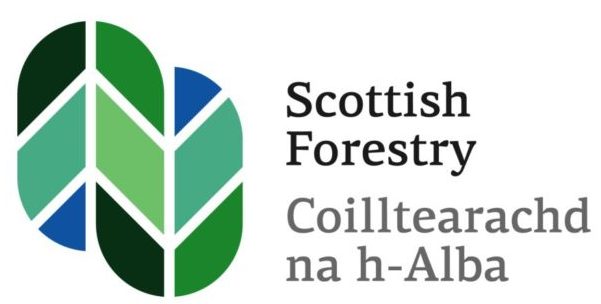Forfar Eco Park Wood Fuel Case Study

Forfar Eco Park Wood Fuel Case Study
- Location: Forfar, Angus
- Wood fuel usage: heating seven business units
- Installation date: autumn 2007
Reasons for Changing to Woodfuel
A desire to reduce heating bills and a commitment to reducing carbon emissions were the key drivers for changing from fossil fuel to woodfuel.
Although the heating system did not need to be replaced, a dramatic rise in the cost of gas provided the financial impetus to make the change. Even when prices dropped the economic advantage still remained. An additional benefit is that wood fuel prices are more stable and predictable.
System Features and Benefits
The Eco Park is the first example of a wood fuel district heating scheme in Angus.
Heat is distributed via an underground pipe network from a single centralised boiler to each of the business units. As hot water travels round the network, it is drawn off to heat each unit as its heating is switched on. District heating schemes have a number of advantages:
- Cost effective – a single boiler, boiler house and fuel store can supply many properties
- Highly energy efficient due to heat recovery system
- No accumulator tank is required as the pipe network acts as a mini accumulator
- Delivered heat to each user is measurable and accurate, and allows individual billing
Wood Fuel Supply
Heat is provided through an energy services company (ESCo) – Angus Biofuels – under a 10-year contract.
Wood chip is delivered from a chipping plant less than three miles away, once a week in winter. every 3 weeks in summer.
Lessons Learned
- Underground heating mains costs can be significant and should be costed accurately
- Three-phase electricity connection cost can be a large proportion of expenditure
- Containerised systems can ease design approval under local planning regulations
- Early communication and support from the local authority and other regulatory bodies could reduce project delays
Facts and figures
Note: figures are approximate
| Building | |
|---|---|
| Heated area | 650 m2 |
| Heated volume | 1,560 m3 |
| Fabric | Lime floors, slate roof and timer frame, larch cladding with sheep wool installation |
| Heating System | |
| Boiler manufacturer | Veto |
| Maximum boiler output | 150 kW |
| Fuel type | Wood chips |
| Fuel specification |
|
| Store capacity | 5 tonnes (15 m3) |
| Back-up/top-up system | Original gas system retained |
| Fuel Consumption, Costs and Savings | |
| Annual wood fuel use | 75 tonnes |
| Annual energy consumption | 300,000 kWh |
| Annual CO2 savings | 70 tonnes |
| Wood fuel cost | 5p per kWh through ESCo contract |
| Fuel cost saving at 2008/09 prices | £8,000 |
| Payback period | 10 years |
| Installation Cost and Funding | |
| Boiler system | £147,800 |
| Funding source | Scottish Biomass Heat Scheme |
| Funding support rate | 40% of additional costs of woodfuel system |
Please note:
When this woodfuel system was installed, the UK Government Renewable Heat Incentive (RHI) scheme did not exist. The RHI was then opened for application and commercial woodfuel heating installations could apply to receive payments based on metered heat produced for 20 years.
If this project were eligible for the RHI, it could generate up to £19,214 of income per year, based on 300,000kWh of heat delivered per annum. This income could be combined with any savings made over displacing fossil fuels to give a very potentially attractive payback period.
Projects installed pre July 2009, or that have received public grants for their boilers from other sources (unless they have paid them back) are not eligible for the RHI.
Key benefits
- Lower heating bills
- Delivers on carbon reduction commitment
- Close proximity to fuel supplier, helping to minimise cost
- Fuel price security through 10-year ESCo contract






